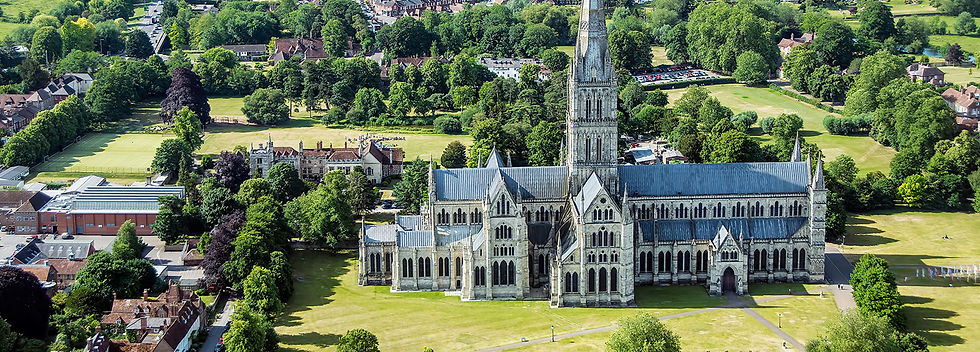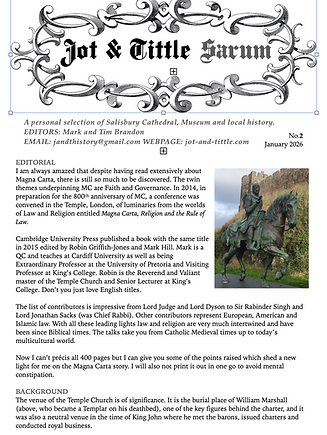top of page


Introducing...........
The Sarum version of J&T is a free occasional edition that goes to the volunteers at Salisbury Cathedral and Salisbury Museum. It is also available to any interested local people or organisations.
Its subject matter tends to concentrate on Salisbury Cathedral, Magna Carta and the local history of the city.

bottom of page


